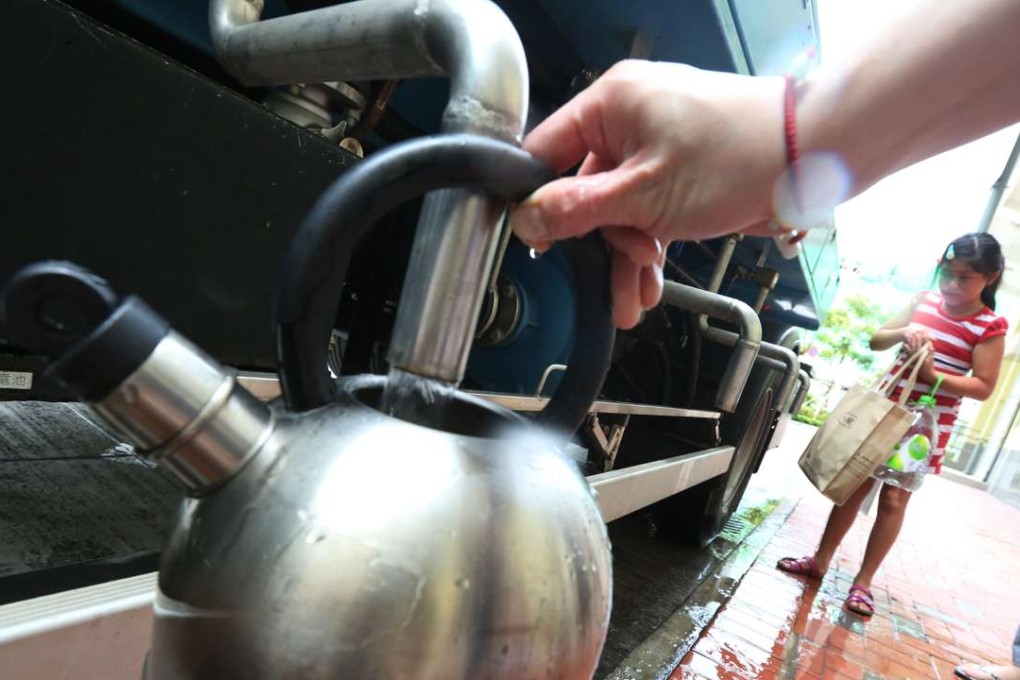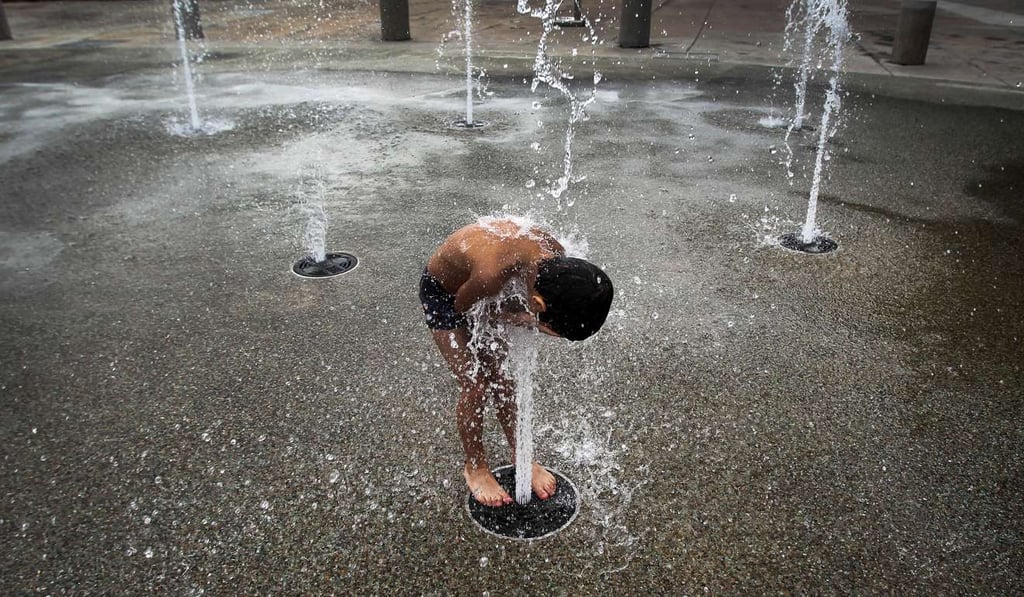Can Hong Kong follow Singapore’s lead in water tariffs?
Among Asia’s thirstiest metropolises, Hong Kong is stuck with frozen tariff
rates that are hurting water conservation efforts

Singapore’s leaders might not have endeared themselves to their public with their announcement this week of a 30 per cent jump in water prices, but experts are urging Hong Kong and other Asian metropolises to emulate the Lion City’s policy as a regional shortage looms.
The increase, phased over two instalments starting from July, was necessary because production and transmission costs had risen since the last price adjustment in 2000, Finance Minister Heng Swee Keat told lawmakers on Monday as he announced the 2017 budget.
The wealthy but resource-poor city state is seen as a world leader in water management and technology. Imported water from Malaysia accounts for about half of Singapore’s total water supply, an arrangement that has existed since the two countries acrimoniously split in 1965.
City being wishy-washy about raising water tariffs
In recent decades, the island state has developed alternative sources of water to guard against Malaysia using its supply as a diplomatic bargaining chip. Singapore’s two desalination plants and NEWater – recycled water from the sewage system – can meet around 65 per cent of the 1.6-billion-litres-per-day demand, according to its water agency.
The finance minister said the increase in prices would help pay for new water infrastructure, including additional desalination and NEWater plants that are expected to meet up to 85 per cent of total demand by 2060.

Water security experts say the Singapore-style increases in water tariffs – if calibrated carefully in a tiered pricing system – could help significantly reduce wastage.